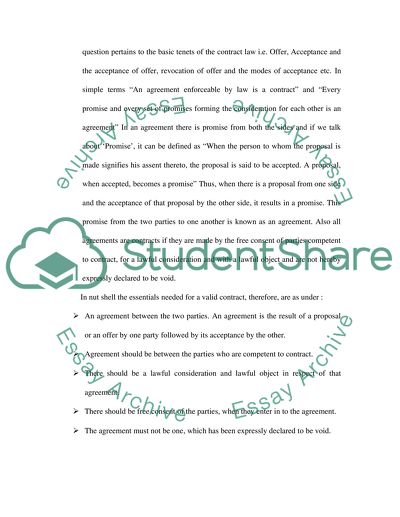Cite this document
(“Basic Rules of Offer, Acceptance, and Invitation to Treat Assignment”, n.d.)
Basic Rules of Offer, Acceptance, and Invitation to Treat Assignment. Retrieved from https://studentshare.org/law/1521324-law-of-contract-high-school-essay
Basic Rules of Offer, Acceptance, and Invitation to Treat Assignment. Retrieved from https://studentshare.org/law/1521324-law-of-contract-high-school-essay
(Basic Rules of Offer, Acceptance, and Invitation to Treat Assignment)
Basic Rules of Offer, Acceptance, and Invitation to Treat Assignment. https://studentshare.org/law/1521324-law-of-contract-high-school-essay.
Basic Rules of Offer, Acceptance, and Invitation to Treat Assignment. https://studentshare.org/law/1521324-law-of-contract-high-school-essay.
“Basic Rules of Offer, Acceptance, and Invitation to Treat Assignment”, n.d. https://studentshare.org/law/1521324-law-of-contract-high-school-essay.


